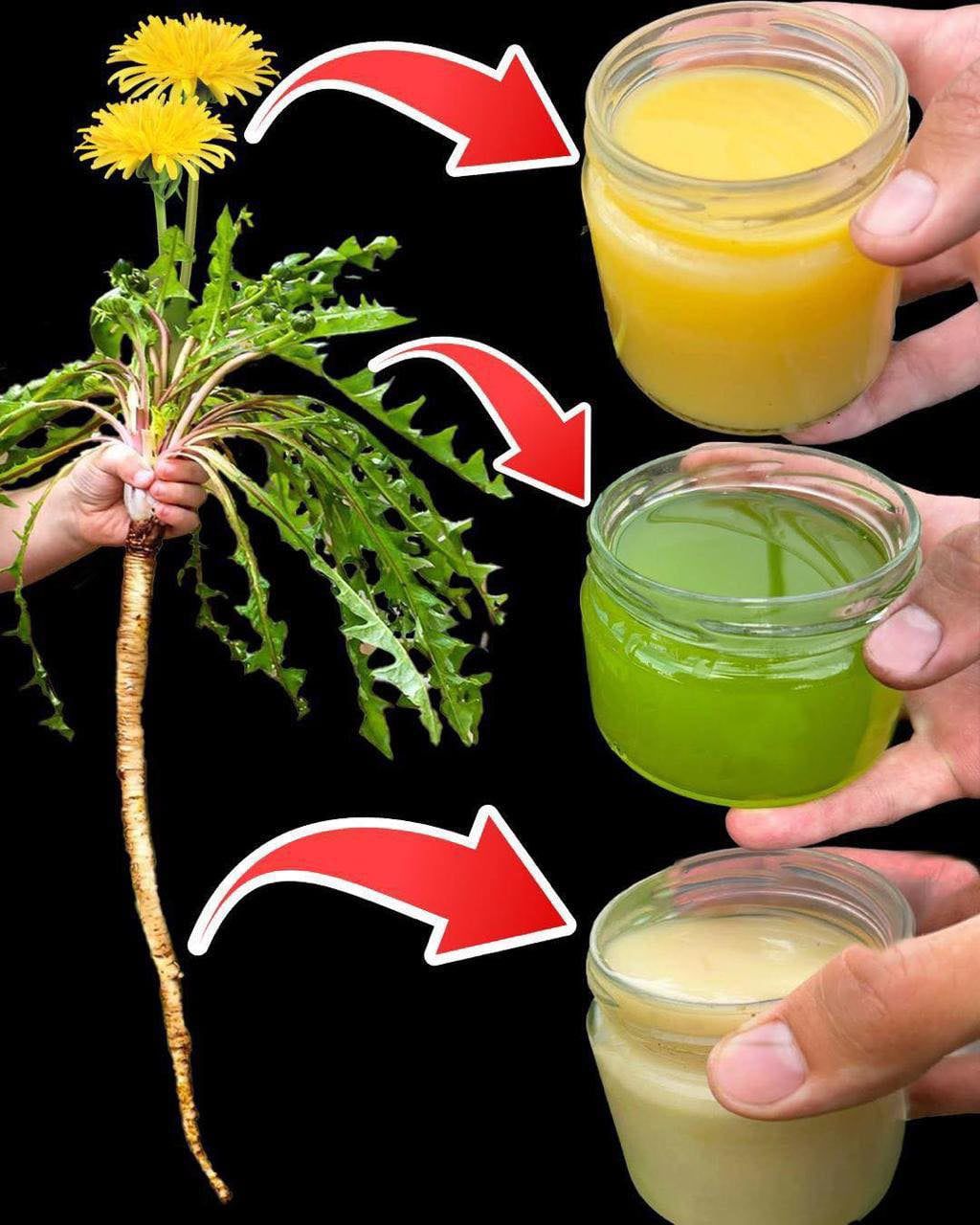ADVERTISEMENT
For a nutritious salad, combine fresh dandelion greens with other leafy vegetables such as spinach, kale, and arugula. Add olive oil, lemon juice, and a touch of honey to balance the bitterness.
Sautéed dandelion greens make a wonderful side dish when cooked with garlic, olive oil, and a dash of balsamic vinegar. They can also be added to stir-fries or omelets for a flavorful punch.
2. Dandelion Flowers
The vibrant yellow flowers of the dandelion are not only beautiful but also edible. They can be used to make dandelion jelly, wine, or even fritters. Dandelion flowers have a mild sweetness and are perfect for adding color and flavor to desserts.
Dandelion jelly is made by boiling dandelion petals with sugar, lemon juice, and pectin. The result is a fragrant, honey-like jelly that can be spread on toast or used in various desserts.
Dandelion wine, made from the flowers and sugar, is a traditional drink that has been enjoyed for generations. It takes several weeks to ferment, but the result is a refreshing, light alcoholic beverage.
3. Dandelion Roots
The roots of the dandelion are often used to make herbal teas or coffee substitutes. Dandelion root coffee has a rich, earthy flavor and is free of caffeine, making it an excellent alternative to regular coffee. It can be made by roasting the roots and brewing them in water.
To make dandelion root coffee, harvest and clean the roots, then roast them in the oven until they become dark and fragrant. Grind the roasted roots and brew them just like coffee for a soothing, caffeine-free beverage.
Environmental Benefits of Dandelions
Dandelions are not only beneficial to humans but to the environment as well. These plants play an essential role in supporting ecosystems and improving soil health
Read more on next page
ADVERTISEMENT
